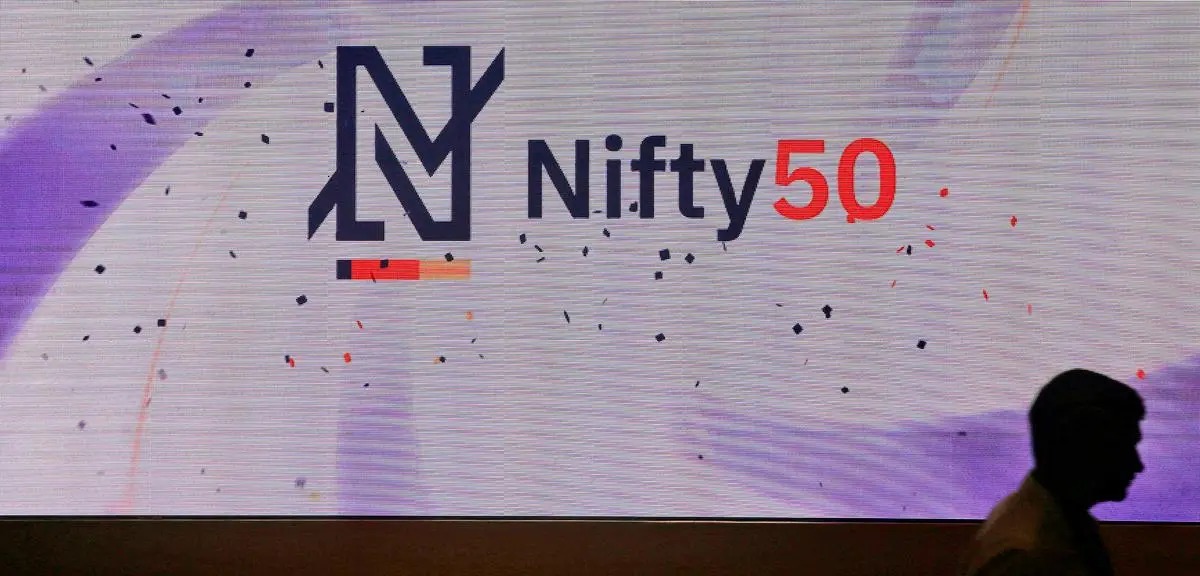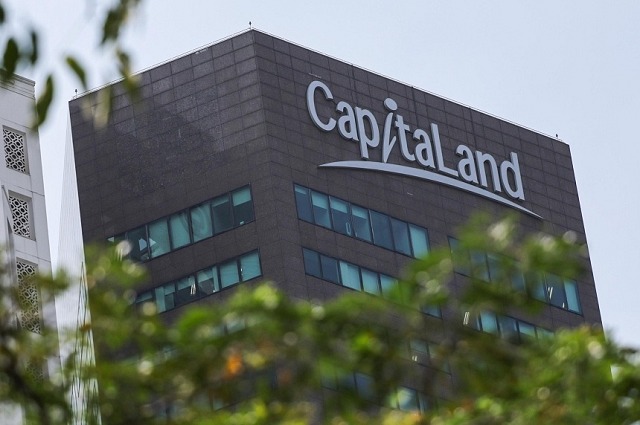 Image Source: YourStory
Image Source: YourStory
Big technology companies—from Google and Microsoft to emerging AI startups—are accelerating investments in Indian languages, spurred by the vast market potential, regulatory momentum, and the urgent need for linguistic inclusivity in the world’s most populous democracy. With core digital infrastructure and AI agents increasingly tailored for 22 official languages, this is more than a localization trend—it's a transformative push to democratize technology for over a billion people whose lives and livelihoods hinge on regional language access.
Key Highlights: Scale, Motivation, and Recent Moves
India boasts over 22 official languages, hundreds of regional dialects, and the world's largest group of non-English internet users. Tech leaders estimate that less than 10% of Indians speak English fluently, leaving the majority underserved by global digital products and AI models.
Google, Microsoft, Meta, and OpenAI—as well as homegrown startups like Sarvam AI and Krutrim—are adapting generative AI, voice recognition, and chatbot technologies to serve Hindi, Tamil, Telugu, Bengali, and beyond. Google launched Gemini AI assistant in nine Indian languages, while Microsoft Copilot now supports 12, including several that can run directly on smartphones for users with limited connectivity.
India's Ministry of Information & Broadcasting, through projects like "Kalaa Setu" and "Bhashini," is pushing for scalable, real-time translation and multimedia content creation technologies. These programs aim for last-mile governmental and commercial service delivery in regional languages, fueling a wave of startup innovation.
Why Big Tech Cares: Inclusion, Data, and Competitive Advantage
The Indian market represents over 600 million vernacular internet users, many first-time digital adopters entering banking, social media, e-commerce, and e-governance through their mother tongue. Focusing on Indian languages is key to capturing this untapped segment, growing user bases, and driving mass adoption of emerging AI platforms.
AI agents and speech models trained on Indian languages power customer service bots, banking support, education tools, and government feedback mechanisms—effectively breaking down barriers for rural populations, small businesses, and farmers who prefer voice-based, dialect-specific solutions.
Localized AI creates a richer, more context-aware digital ecosystem. By understanding regional idioms, sentiment, and culture, Big Tech can offer more relevant and precise services—preventing loss of meaning, misinformation, or exclusion in automated decision making.
Government Initiatives and Ecosystem Catalysts
The "Bhashini" National Language Translation Mission and AI4Bharat have accelerated open-source Indian language AI models (BERT for Hindi, Tamil, Bengali, Marathi, and others). These efforts lower the cost and complexity for startups and global giants seeking to build inclusive, regionally-aware AI tools.
Public-private partnerships are emerging, with companies like NVIDIA enabling domestic LLM development and partnering with Indian firms to boost model training capacity. Sovereign AI visions are being realized as laws demand AI and citizen data be stored and trained locally, nudging tech companies toward tailored Indian offerings.
Challenges and Innovation Frontiers
Building robust Indian language models is fraught with data scarcity, fragmented resources, and annotation hurdles, especially for languages with limited digital archives. Accurate speech recognition and contextual understanding require massive, culturally nuanced datasets—which startups and government initiatives are racing to create.
Emerging solutions include lightweight language models that can run efficiently on mobile devices, voice-first interfaces, and AI-powered text-to-video and translation systems for low-resource languages. These technologies promise to make digital services ultra-accessible and bridge digital divides.
Broader Societal and Economic Impact
Big Tech’s embrace of Indian languages helps foster economic inclusion, nurture digital literacy, and preserve cultural heritage—digitizing historic content, stories, and administrative records for future generations. For businesses, it means better market penetration and user engagement; for society, it is a step toward more responsive, transparent governance and social empowerment.
Analysts predict this multilingual AI push will open doors for millions of new internet users, drive local entrepreneurship, and cement India’s status as a global tech powerhouse.
Conclusion
India’s linguistic richness is now at the heart of Big Tech’s innovation agenda—ushering in multilingual AI that expands access, inclusion, and opportunity. With billions invested in language technology, digital India is becoming not just bigger, but more representative, equitable, and vibrant—where every voice and accent counts.
Sources: Sigma World, TechQuity India, TechCrunch
Advertisement
Advertisement






